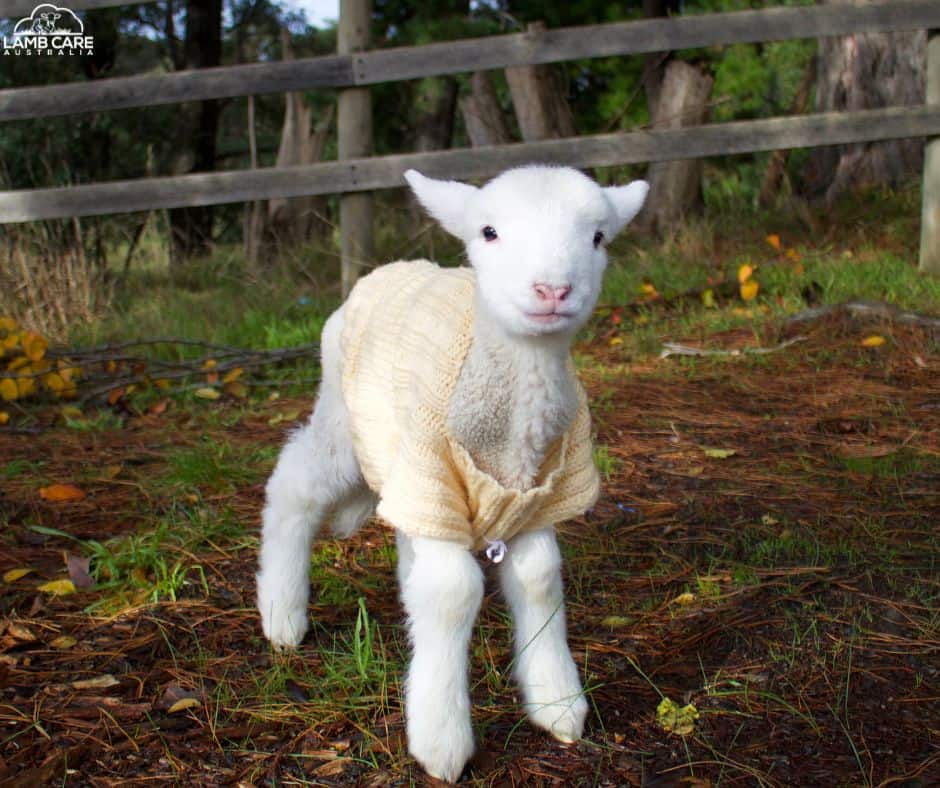
Lamb Poop Chart
It may be something we would rather not look at, but the truth is a lamb poop chart can tell us a lot about the overall health of the lamb. In fact when a lamb seems a bit off or not feeling 100 percent, one of the first things we look at is what is going on in their nappy. Poop can indicate if there is infection, dehydration, intestinal issues or milk allergies.
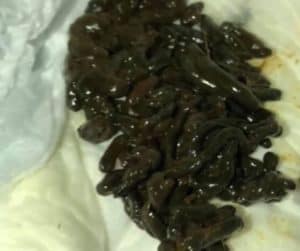
Meconium
Meconium is the very first poo a newborn passes. It is very dark in colour. Meconium is very thick, sticky and difficult to expel. This first poop is very important because it shows a lamb’s digestive system has begun working.
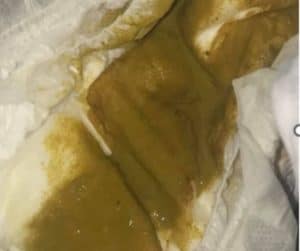
Scouring Scouring (diarrhoea) is watery poop that can be serious if left untreated. Scouring is often caused when new milk is introduced so bottle lambs are prone to it in the beginning. It can also be a sign of infection. It is very important to keep your lamb hydrated during a scouring episode. Alternating feeds with electrolytes can assist with scouring. On occasion a medication called Scourban will be needed. For further information please see our Scours in Lambs page. |
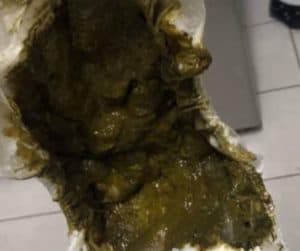
Dark and foul smelling
This type of poop is often caused by infection so needs to be followed up. There are many infections that cause this type of poo, but the main culprits are normally coccidiosi, e-coli and cryptosporidium. All require veterinary treatment.
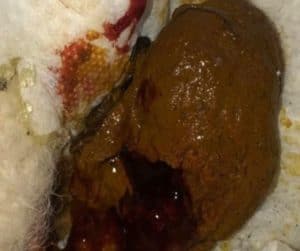
Blood
Finding blood in your lambs poo can be very worrying. At times a lamb might have a little bright red blood on their nappy especially if there has been straining. This can be treated by giving lamb some additional water between feeds to ensure they are not constipated. Larger amounts of blood or dark red blood can be a sign of intestinal problems or infection. Veterinary support is required.

Mucous
Mucous like blood can indicate a number of issues. It could be a sign of a worm, a parasite or a bacteria causing diarrhoea. Coccidia, Campylobacter, Salmonella as well as worms can cause diarrhoea with blood. It is something to monitor closely. If it happens more than once a vet visit is advised. A fecal sample may be taken just to check there are no infections.
